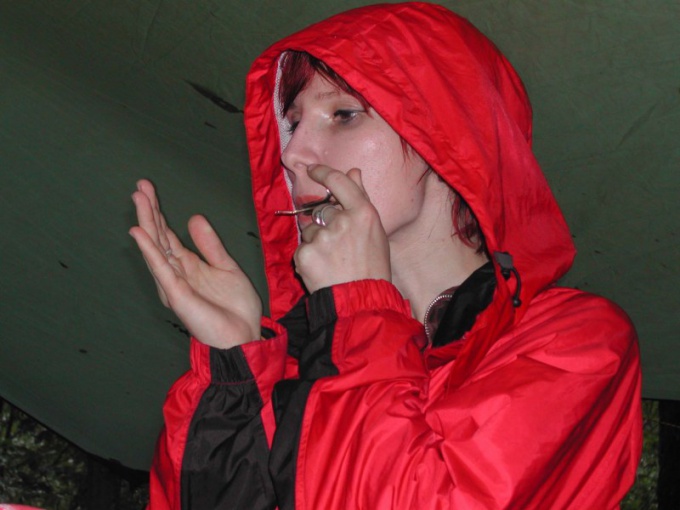You will need
- - harp;
- - strong teeth.
Instruction
1
Try to touch the tongue of a Jew's harp just a finger, not pressing the instrument to his mouth. You will hear that it sounds very quiet. My resonator had not. This is the function of the oral cavity. Learning to control her volume, you will learn how to change the pitch of the instrument. Most tools of this type make only one sound. But skillful use of harmonics allows the use of even a Jew's harp as a solo instrument.
2
Learn how to hold the harp. Take it in either hand. Usually the musicians hold the instrument in the wrong hand, which is the leading. The tool has a curved base, it is necessary to take the index and middle fingers. Arc base should be on the outer side of the palm. The thumb is put in the point of attachment of the uvula. Try to free your hand and position your fingers so that they do not interfere with the vibrations of the reed.
3
Press the harp to the teeth with his base. Teeth must be open, the Distance between the jaws shall be such that the tongue of the tool can freely move. Make sure that the tongue tip was placed in the middle of the mouth. Lock lips on the instrument. Some musicians kiss the Jew's harp is not against the teeth and to the lips. It is also a common way of the game, but the sound is quieter.
4
Learn how to get the sound. With one hand firmly hold the tool, and the index finger of the other on the tongue. Ways to do this, there are several. Master the direct hit, that is, the movement of the index finger toward you. Your motion should be short, sharp, but not particularly strong. Learn how to get the sound and the reverse movement, that is, from himself. Alternate techniques.
5
Select the most appropriate pose. Lower the elbow. All the fingers except the index finger, squeeze into a fist. Index - raise up and lightly tighten. Hit with your finger on the tip of the tongue. When this happens, try to play with the edge of a finger. At the same bend and not straighten the joints of the finger, and wrist. The finger performs the role of mediator.
6
There are other ways of sounding. It is best to master them all, it will enable better use of the artistic possibilities of the instrument. One of the options allows you to lift the elbow up to shoulder level. The brush will then be placed just above the tool. Fingers, as in the first case, collected. The brush rotates and the punch edge of the index finger.
7
From the harp, you can extract the sounds and circular motion of the elbow joint. Initially the elbow should be omitted, as in the first case. Fingers clench into a fist and fold the boat. The tongue hits the thumb, which is slightly aside.
8
Learn how to get the sounds of all the fingers in turn. Lift the elbow to shoulder level. Relax the wrist and place it just above the tool to the thumb was at the level of the temple. Unlike previous methods, moving your fingers, not a brush and not the elbow.
9
Change the position of the lips. Try to arrange them as in pronouncing different vowel sounds. Listen to what you have. Experiment by relaxing and tensing the throat.
10
Very much depends on the position of the tongue. Moving the tip of the tongue against the teeth and thus reducing the volume of the mouth, you will remove a relatively high sound. If you move the tip of the tongue away, the sound will become lower.
11
Learn to control the volume. Most loud the sound is at maximum amplitude. She, in turn, depends on the force of impact. Also learn to interrupt the sound. Sometimes this must be done before the tab stop. To interrupt the sound, enough to move the harp from the teeth or lips. You can stop the tongue with your finger or exhale sharply.
Note
The harp must not move during performance of a musical work. That is, it is necessary to press strongly enough. You must control the vibrations.
The tongue should hit the teeth. This in itself is unpleasant. In addition, the sound is ugly, jarring, or too deaf.
Make sure that the tongue does not touch the base of the harp. To ensure this, the fingers should move in the plane of the tongue.
The tongue should hit the teeth. This in itself is unpleasant. In addition, the sound is ugly, jarring, or too deaf.
Make sure that the tongue does not touch the base of the harp. To ensure this, the fingers should move in the plane of the tongue.
